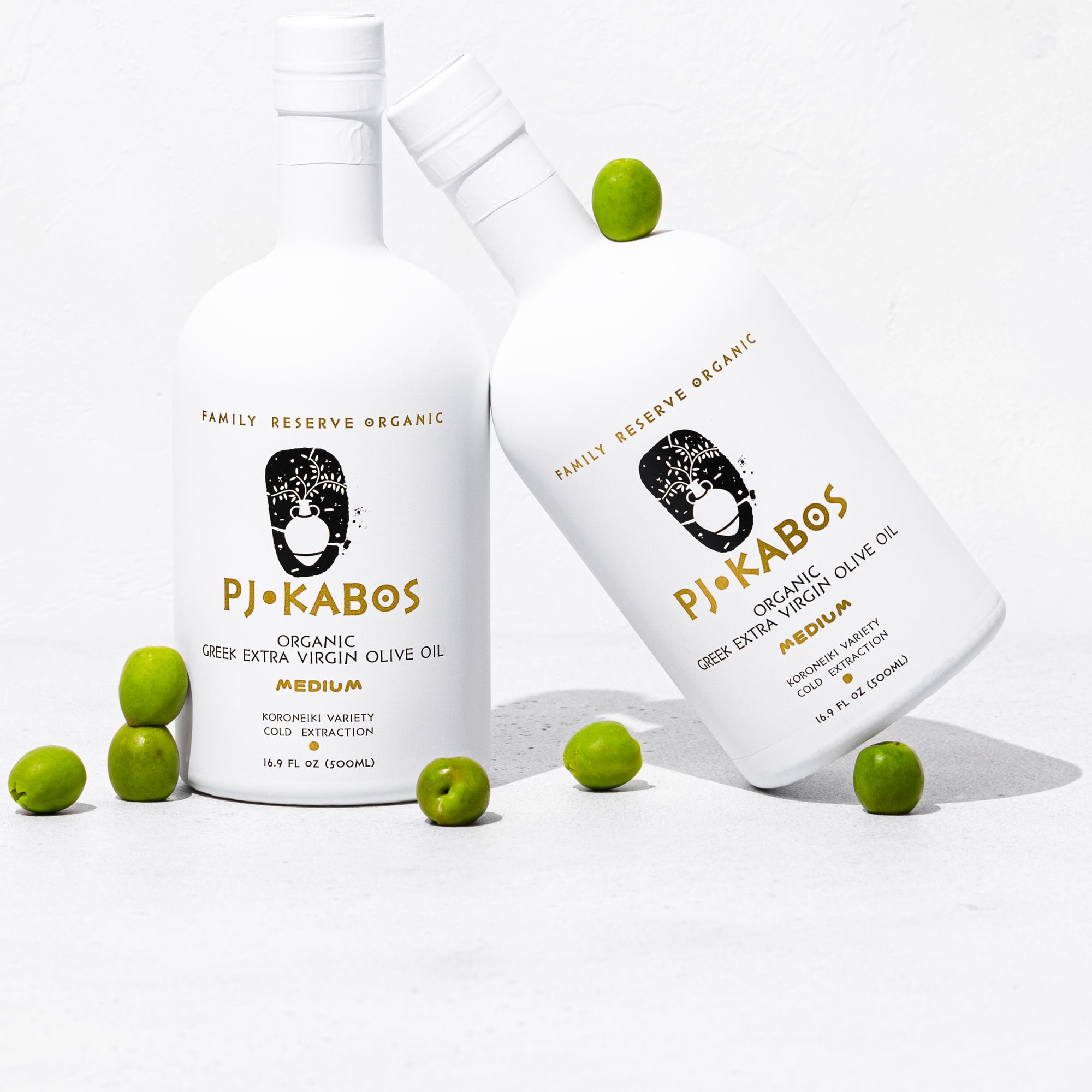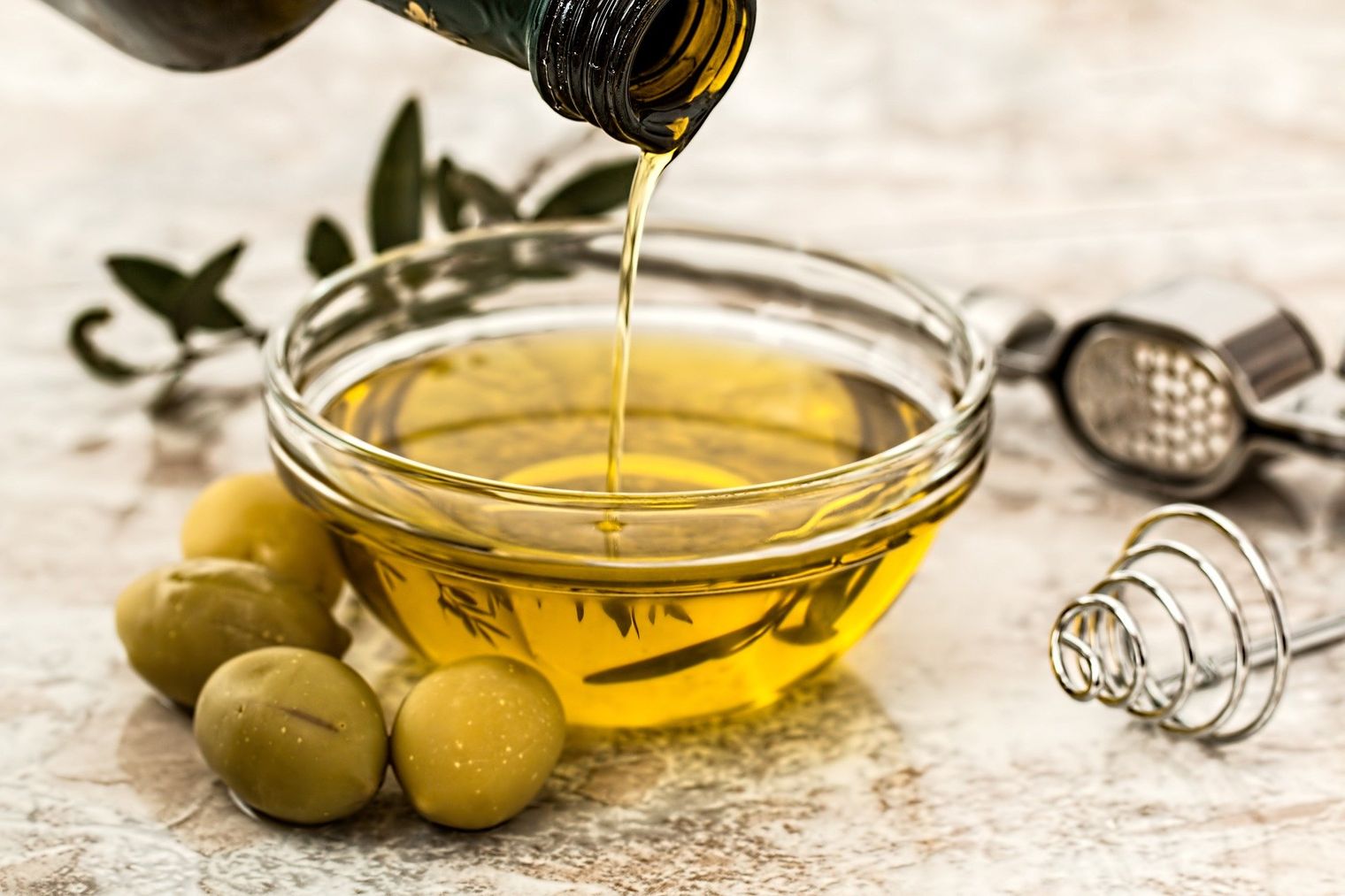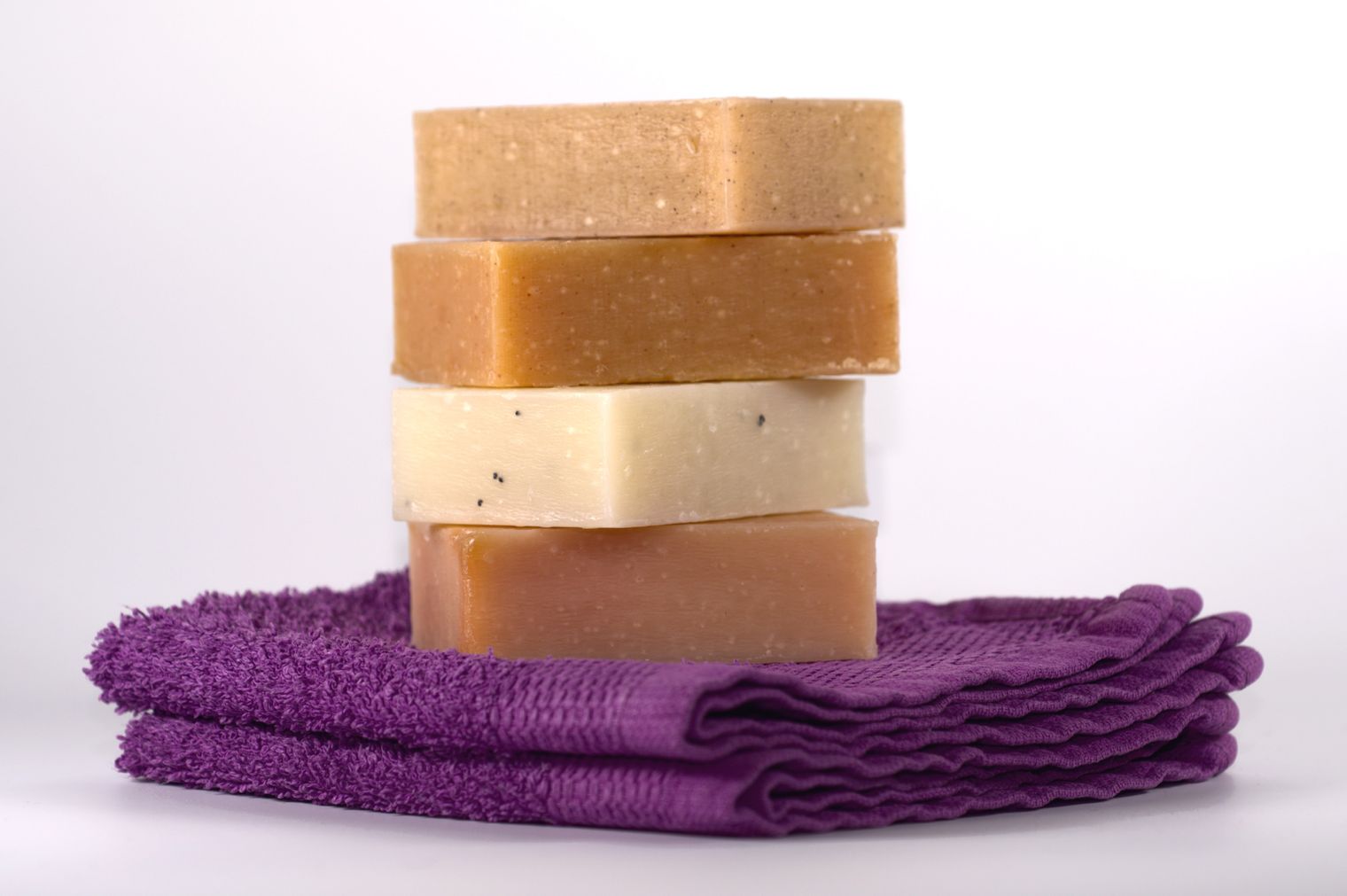Olive oil lovers: we have some good news and we have some bad news. We’ll give you the bad news first: it is possible to have an allergy to olive oil or olive fruit. The good news? It is an incredibly rare allergy.
If you live near an olive grove, you may already be familiar with the telltale itchy eyes and runny nose that come with an olive pollen allergy. If you are allergic to olives in any way, a far more common allergy is an allergy to the pollen from the olive trees.
However, you can breathe a sigh of relief (unless those olive trees have you feeling congested). Olive pollen allergies have no bearing on whether or not a person can enjoy eating olives or olive oil.
You may have more questions. What is an olive oil allergy? What is olive oil made of? Why are some people allergic to olives? What are the signs and symptoms of an olive oil allergy? All these questions will be answered below. This is your guide to the signs and symptoms of an olive oil allergy.
What's in olive oil?
Before we get into allergens, it’s worth taking a quick look at how olive oil is made. Understanding the process and ingredients will help you understand what could bring about an olive oil allergy.
While each region has its own process, there is a general method to producing olive oil. Here is how olive oil is made:
- First, the olives are harvested. Some olives are still hand-picked (as can be the case with fine extra virgin olive oils, or EVOOs). However, most olive oils around the world are harvested with a shaking machine. This machine sends vibrations through the branches, allowing the olives to drop onto a net or catcher below.
- Next comes the cleaning. Olives are washed to remove any dirt, stems, and leaves.
- After harvest, olive oil should be made as soon as possible. This way, the oil has the fresh, peppery taste of a newly-picked olive.
- Olives are ground to a paste with stones or a mechanical mill, without the use of heat or chemicals.
- Then, in most modern mills the paste is sent into a centrifuge to separate the oil from the pulp and the water and solids that are naturally found in olives (in the past, woven mats and a hydraulic press were used to separate the solids). A second centrifuge further cleans the oil.
- Finally, the olive oil is filtered or racked to remove any remaining particles and water.
As you can see, the only ingredient in virgin olive oil is olives. That means those who are allergic to olive oil are likely allergic to olive fruit.
What is an olive allergy?
There is a common olive allergy, but it’s probably not the one you came here for. In Mediterranean countries, it is common to be allergic to the pollen from the olive trees rather than the olive fruit, olive oil, or any other olive products. In fact, according to a 2012 study, olive pollen is among the top causes for seasonal allergies in the Mediterranean region.
As the study shows, there have been some cases of contact dermatitis and food allergy to the olive fruit or olive oil. While more data may come to light in subsequent studies, twelve allergens have been identified in olive pollen. Only one allergen has been identified in olive fruit. This makes an olive fruit or olive oil allergy extremely rare, though not unheard of.
According to the American College of Allergy, Asthma & Immunology (ACAAI), there are only three cases where a patient reported a serious allergy from the consumption of olives. One of these reports surrounds a patient who developed an allergy to olives after taking allergy shots for olive pollen. In another case, a worker in an olive mill experienced a disease of the airway.
Here are the symptoms of an olive pollen allergy:
- Itching skin/skin allergy
- Dry nose
- Watering eyes
- Stinging eyes
- Congestion
According to WorldAllergy.org, there are some treatments for an olive pollen allergy. Always be sure to consult your doctor for medical advice.
- “Antihistamines and nasal steroids can be used to relieve the symptoms of an olive tree pollen allergy. Decongestants or nasal irrigation can clear nasal congestion.”
- “Some people health benefit from immunotherapy or allergy shots, which involve giving injections of a small amount of the pollen allergen over a period of time. In some cases, the immune system becomes desensitized and the side effects of the allergy may lessen.”
Olive Oil Allergy Symptoms
A food allergy can result in a wide array of symptoms. According to Healthline, most of these symptoms will appear within an hour of eating the food.
In many cases, a person with an olive fruit allergy can still consume olive oil. Why? A person with an olive allergy is allergic to the proteins in the olive. However, olive oil contains only trace proteins from the olive. Of course, anyone that suspects they have an olive allergy should consult their doctor before consuming olive oil.
For those who are particularly sensitive, it might be wise to purchase filtered olive oil rather than unfiltered oil. Filtered olive oil contains fewer proteins. Unfiltered olive oil, of course, will contain more proteins as it contains more tiny solids from the olive fruit.
Symptoms of an olive or an olive oil allergy may be:
- Postnasal drip
- Sneezing
- Congestion
- Increased head pressure
- Swelling of the sinus cavity
- Sinus headaches
- Asthma
- Excessive coughing
- Wheezing
It is also possible to experience some skin irritation. These symptoms might include:
- Itching
- Tingling
- Redness
- Swelling
- Hives
- Eczema
- Rash
Finally, there could be gastrointestinal symptoms after consuming olive. These symptoms could be:
- Stomach pain
- Diarrhea
- Nausea
- Vomiting
Should I go to the doctor?
If you or another person is experiencing throat swelling, shock, a drop in blood pressure, anaphylaxis, difficulty breathing, or loss of consciousness, call 911 immediately.
If you have any uncomfortable symptoms when consuming olives or olive oil, it’s best to consult with your doctor. They will administer a skin prick test to determine whether you have an allergy.
To sum up
- An olive or olive oil allergy is rare, but it is possible. If you experience any symptoms after eating olives or olive oil, such as sneezing, congestion, postnasal drip, skin irritation, or gastrointestinal symptoms, you should consult with your doctor. They will likely perform a scratch test to assess your allergic reaction to the olive fruit.
- There is good news! Those with allergies to the olive fruit can often consume olive oil. This is because an allergy to olives is caused by the protein in the olive. As olive oil only contains traces of the protein, there might be no reaction.
- For those who are particularly sensitive, consider purchasing filtered olive oil rather than unfiltered oil, as unfiltered olive oil contains fewer proteins.
- Of course, anyone that suspects they have an olive allergy should consult their doctor before consuming olive oil or any products containing olive oil.
- If you live somewhere that cultivates olive trees, it is far more likely that you have an allergy to olive pollen. If this is the case, you can most likely enjoy eating olives and olive oil. And that’s good news for you, as we’re sure your local olive oils are delicious.
Sources
https://pubmed.ncbi.nlm.nih.gov
https://acaai.org/resources/connect
https://www.healthline.com/healths
https://www.nytimes.com/interactive
https://www.webmd.com/allergies
Product placement
PJ KABOS 'Family Reserve Organic - Medium'
High Phenolic and 2022 Gold-Award Winner.
Declared as 'One of the World's Best Olive Oils'.
Click here to shop.





